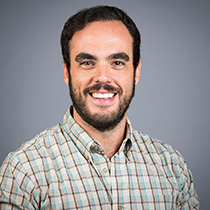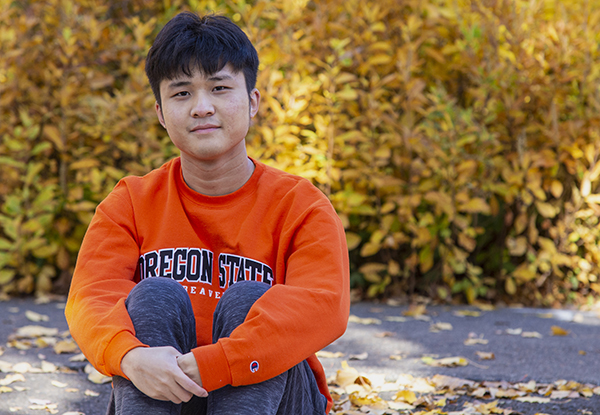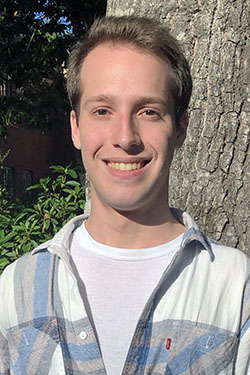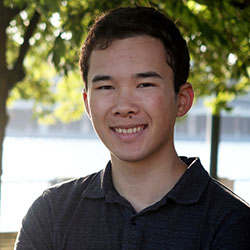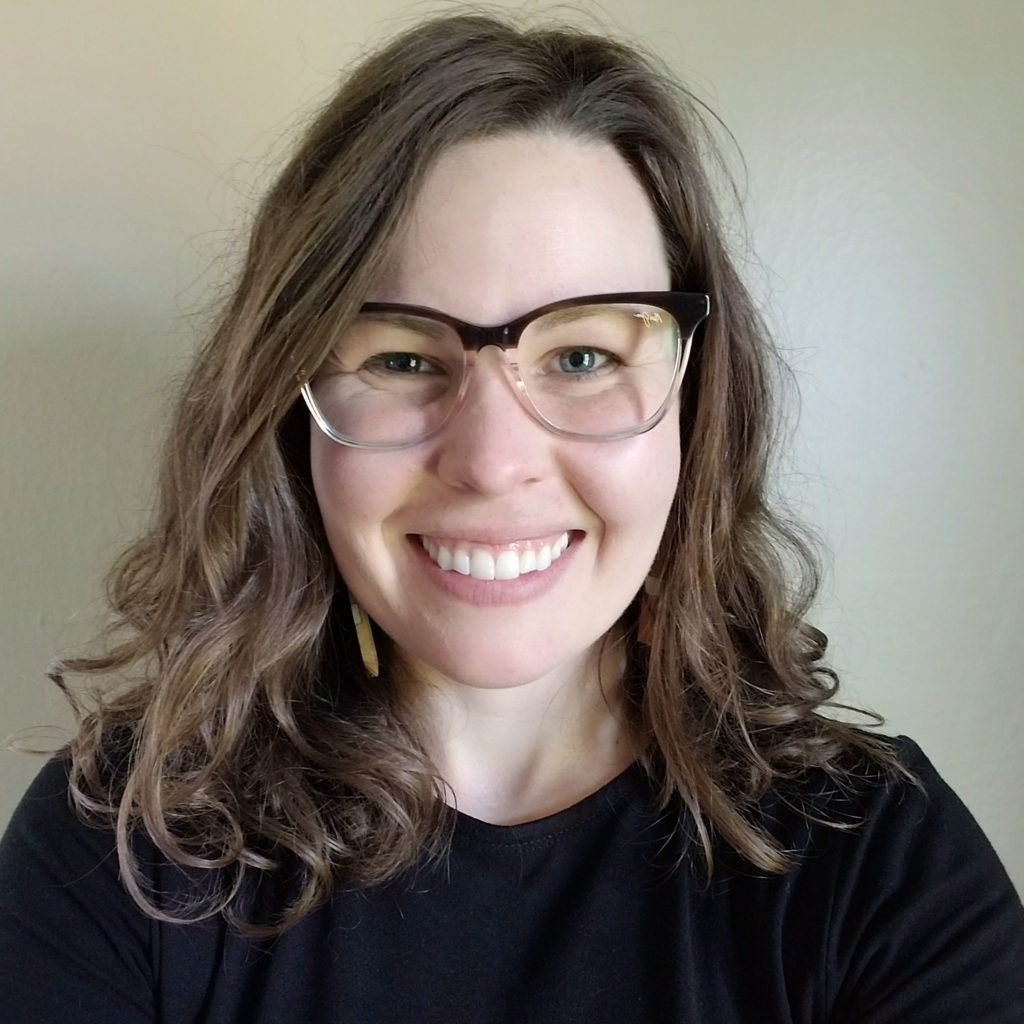 Margaret Burnett, Distinguished Professor of computer science at Oregon State University, is the recipient of the 2022 IEEE Computer Society’s TCSE Distinguished Women in Science and Engineering (WISE) Leadership Award. She is being honored for her decades of work breaking glass ceilings for women in computing and software engineering.
Margaret Burnett, Distinguished Professor of computer science at Oregon State University, is the recipient of the 2022 IEEE Computer Society’s TCSE Distinguished Women in Science and Engineering (WISE) Leadership Award. She is being honored for her decades of work breaking glass ceilings for women in computing and software engineering.
Burnett was nominated for the award by Amy J. Ko, a professor in the Information School at the University of Washington and, as an undergraduate research assistant and computer science student at Oregon State University, was mentored by Burnett.
“She is the single and sole reason that I discovered research, and the fact that she was a woman in CS made me feel included in a department and field that was mostly men,” Ko wrote in her nomination letter.
Moreover, Ko noted that Burnett continued to mentor her throughout graduate school at Carnegie Mellon University and into her pre-tenure career.
“She is the single most important professional mentor in my life — and as someone who now mentors many, she makes it look incredibly easy,” Ko said.
In addition, Ko praised Burnett for her contributions to the field, including her work to incorporate diversity into many aspects computer science.
Burnett pioneered the field of end-user software engineering, which helps people who are not professional developers create better software. She is also the creator the GenderMag Method, which aims to make software that is usable for everyone, regardless of gender.
“I feel incredibly honored to be joining the ranks of the extraordinary software engineering researchers who have won this award in past years,” Burnett said.
About Margaret Burnett
The year 2022 marks the 51st year that Burnett has been breaking glass ceilings for women in computing and software engineering. She began her career in 1971 as the first woman software engineer ever hired at Procter & Gamble’s 13,000-employee Ivorydale complex. After a few years in industry, she became the second woman to earn a computer science Ph.D. from University of Kansas, and then became one of two women who were the first to be hired as tenure-track computer science faculty members at Oregon State University. In recognition of the career, Burnett broke another glass ceiling in 2016 when she became the first woman in computer science and in the College of Engineering to be named an OSU Distinguished Professor.
At OSU, Burnett was the first faculty member to do computer science research mentoring for undergraduate students. In her 30-year stretch of mentoring undergraduate and high school students in software engineering and human-computer interaction, over half of whom have been members of underrepresented groups. At least half of her graduate students are also members of underrepresented groups. Her students have achieved extraordinary levels of success, receiving national awards and fellowships from NSF, CRA, NCWIT, NASA, Google, Adobe, and others. In recognition of these successes, Burnett has been recognized with mentoring awards from OSU, NCWIT, CRA, and Microsoft.
Burnett’s work pioneered investigating gender-inclusion bugs in “gender-neutral” software. When she initiated this research in the early 2000s, gender differences in computing workplace and education environments had become recognized, but investigations into software itself considered only gender-specific software, such as video games for girls. Burnett and her team systematically debunked misconceptions of gender neutrality in user-facing software applications from spreadsheets to programming environments. After building the research foundations, Burnett and her team then created the GenderMag software inspection method, which pinpoints subtle gender biases in user-facing software features. GenderMag is now in use by technologists in over 45 countries to improve their products’ equity and inclusion.
Burnett’s seminal research contributions include multiple additional outside-the-box contributions to software engineering that have started entirely new subareas. For example:
- Visual programming: For her early contributions to scaling up and supporting abstraction in visual programming, she was a recipient of the prestigious National Science Foundation’s Young Investigator award in 1994.
- End-user software engineering: She was the founding project director (2003-2009) for the EUSES (End Users Shaping Effective Software) Consortium, a multi-institution collaboration among OSU and Carnegie Mellon University, University of Washington, University of Nebraska, Drexel University, Pennsylvania State University, University of Cambridge, and IBM. Under her leadership, the EUSES Consortium won 10 best paper awards and honorable mentions, and spawned the subarea now known as end-user software engineering.
- XAI: She produced seminal work on “end-user debugging” of AI agents (papers in 2007-2015). These early papers, especially the 2015 one, greatly influenced the DARPA Explainable AI (XAI) program, which in turn spawned the now-exploding explainable AI subarea.
- Spreadsheets: Her seminal work on spreadsheets led to a collaboration with Microsoft that eventually produced new end-user programming features in Excel, impacting millions of users.

 A research paper on robotics authored by computer science researchers at Oregon State University was recently named
A research paper on robotics authored by computer science researchers at Oregon State University was recently named 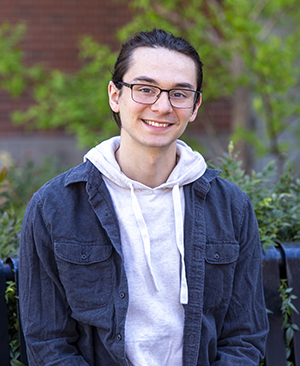 Victor Agostinelli, a doctoral student in electrical and computer engineering at Oregon State University, has been selected for the
Victor Agostinelli, a doctoral student in electrical and computer engineering at Oregon State University, has been selected for the 